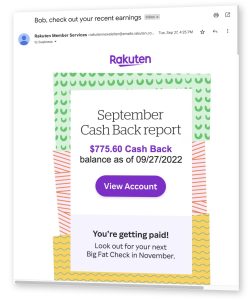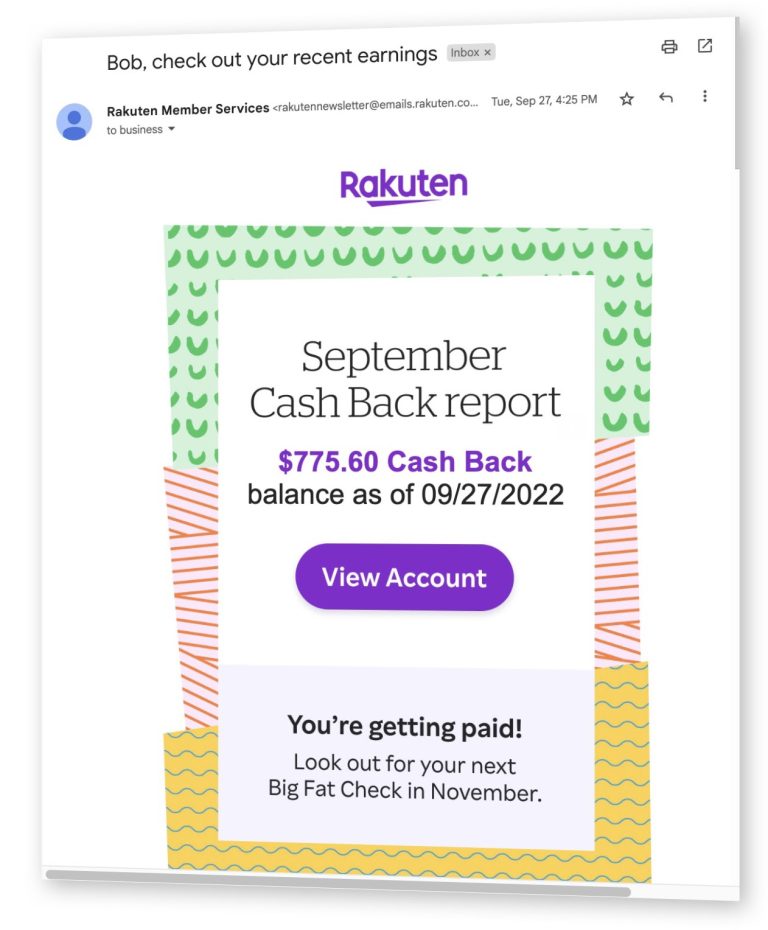There’s some good news for American taxpayers this year. First of all, it was recently announced that President Obama would not seek a reduction in tax benefits for those who invest in 529 plans for saving for their kids’ education. Even though it is the wealthy who benefit from this tax break, it is still represents a potential for middle class tax savings, and a reduction in benefit was a bad idea.
401(k) plans are the primary retirement savings vehicle for the middle class, particularly as more employers enroll new employees automatically in the plans. And for those who have the ability to maximize their contribution each year, the new calendar year offers an additional opportunity.
In 2014, the IRS did not adjust the maximum contribution from the previous year. But this year, the maximum contribution to retirement accounts, which include 401(k) accounts, 403(b) accounts, most 457 plans, and Thrift Savings Plans, will be $18,000, up $500 from $17,500.
Savers and investors aged 50 or older can take advantage of a catch-up contribution, effectively increasing the limit for those approaching traditional retirement age. In 2015, taxpayers who meet this age-based criterion can contribute an additional $6,000 above the regular maximum of $18,000. As a result, if you are 50 or older, you can contribute a maximum of $24,000 into these tax-advantaged accounts. That’s up from a total of $23,000 in 2014.
 The total contribution limit, including employer contributions, has increased from $52,000 to $53,000.
The total contribution limit, including employer contributions, has increased from $52,000 to $53,000.
The benefits of a 401(k) plan are designed to be directed primarily at people who most need an incentive to save for retirement. This may help contain the tax benefits within the middle class. The government does this by applying a maximum level of compensation to which matching benefits apply. In 2015, only the first $265,000 in an employee’s compensation over the course of 2015 may be applied to the company’s matching formula. That income limit has grown from $260,000 in 2014. That’s a sufficiently high maximum and should cover more than just the middle class.
To illustrate, if a company matches an employee’s contributions at a rate of 50{6fac3e6a3582a964f494389deded51e5db8d7156c3a7415ff659d1ae7a1be33e} up to a limit of 5{6fac3e6a3582a964f494389deded51e5db8d7156c3a7415ff659d1ae7a1be33e} the salary, an employee with a $100,000 salary deferring $15,000 will receive at most a $5,000 matching contribution (5{6fac3e6a3582a964f494389deded51e5db8d7156c3a7415ff659d1ae7a1be33e} of the full $100,000 salary). If an employee at the same company ears $400,000 in compensation throughout the year, deferring $15,000, the matching contribution will be $13,250 (5{6fac3e6a3582a964f494389deded51e5db8d7156c3a7415ff659d1ae7a1be33e} of the $265,000 maximum compensation, not $20,000). There are additional rules in place that require a company to balance benefits between highly compensated employees (those earning $120,000 or more) and all others.
In 2013, new regulations required 401(k) plan administers to explicitly state in quarterly statements how much investors are paying in fees. Previously, this information was not easy to discover. While you could (and should) look at the various prospectuses in search of management expenses fees or expense ratios, expressed as a percentage of assets, there were at least two obstacles:
- The expense ratios force you to do your own calculations to determine how much money you’re spending in fees.
- Not all fees are included in expense ratios. Some funds, like annuity-based mutual funds, don’t have expense ratios but certainly have fees.
To maximize your 401(k) contribution in 2015, spread the $18,000 across the number of paychecks you plan to receive throughout the year. That’s a contribution of $1,500 each month, $750 twice a month, $692 every two weeks, or $346 a week for those age 49 or younger. The calculation for those over 50 who want to max the contribution are $2,000 per month, $1,000 twice a month, $923 every two weeks, or $461 a week.
If your contributions are recorded in the form of percentages, don’t forget to change your contribution to take into account raises and bonuses. If you are expecting your company to match your contributions at some level, if you reach your 401(k) contribution limit before your last paycheck, you may miss out on free money.
Here’s a quick overview of my experience with 401(k) accounts over the past few years, over which time I was employed by a large company in the financial sector, I left that job to work for myself full-time, I sold a business and collected proceeds as income for a few years, and am now back to earning only self-employment income.
Last year, I had the option to contribute part of my self-employment income into an Individual 401(k) plans or a SEP IRA, but I did not do so. Theoretically, I can still choose to invest in a SEP IRA for 2014, so as I prepare my tax return, I’ll determine whether this will be beneficial or not.
In 2013, I was purely self-employed, and with still receiving income as a result of the sale of an asset with installation payments, I won’t qualify for a tax-advantaged retirement plan.
In 2012, I was for about half the year an employee of a company, during which time I faithfully contributed a portion of my income to a 401(k). For the remainder of the year, I have been and will continue to operate this web site as a consultant for that company, and I have not been contributing to a tax-advantaged retirement plan during that time. Assuming no financial tragedies and modest desires, my retirement needs are met, though I’m not sure what I want my retirement to look like.
In 2011, I worked fully for myself. Without an employer, I had no access to a regular 401(k), but I did initiate an Individual 401(k), which follows the same rules. By the end of the year, I expect to have maximized the employee portion of my 401(k) contributions at $16,500 with extra invested for the employer portion.
My 2010 contributions fell short from the maximum by about $700, and a portion of that is due to leaving the company in the middle of December. I received the full company match, a 100{6fac3e6a3582a964f494389deded51e5db8d7156c3a7415ff659d1ae7a1be33e} match on the first 4{6fac3e6a3582a964f494389deded51e5db8d7156c3a7415ff659d1ae7a1be33e} of my salary that was contributed to the plan, in every pay period.
In 2009, I contributed the maximum $16,500, but I didn’t plan for an extra paycheck at the end of the year, so that last paycheck did not include a contribution to my 401(k). As a result my imperfect calculation, I missed out on a portion of my employer’s matching contribution. Some employers match after taking all contributions for the year into account, but mine contributes on a pay period basis. Any pay period that I did not contribute to my 401(k), the company did not match.
In 2008, I missed the full contribution amount by $1,000. That year, I made several changes to my contribution rate and lost track of what my rate needed to be in order to maximize my contribution.
The following table illustrates the change in 401(k) contribution limits over the past several years.
| Year | 401(k) Maximum |
Catch-Up Contribution |
Maximum Allocation |
|---|---|---|---|
| 2015 | $18,000 | $6,000 | $53,000 |
| 2014 | $17,500 | $5,500 | $52,000 |
| 2013 | $17,500 | $5,500 | $51,000 |
| 2012 | $17,000 | $5,500 | $50,000 |
| 2011 | $16,500 | $5,500 | $49,000 |
| 2010 | $16,500 | $5,500 | $49,000 |
| 2009 | $16,500 | $5,500 | $49,000 |
| 2008 | $15,500 | $5,000 | $46,000 |
Photo: urban_data
401(k) Contribution Limits for 2015 is a post from Consumerism Commentary. New to Consumerism Commentary? Start here.
![]()
SOURCE: Consumerism Commentary – Read entire story here.




















